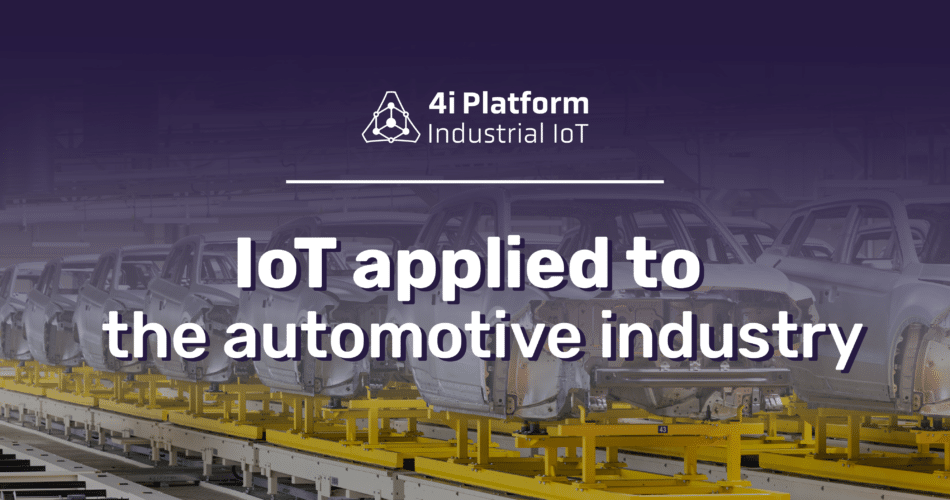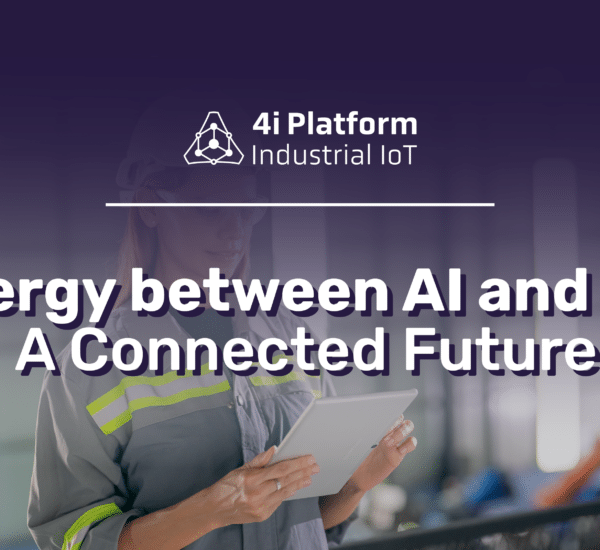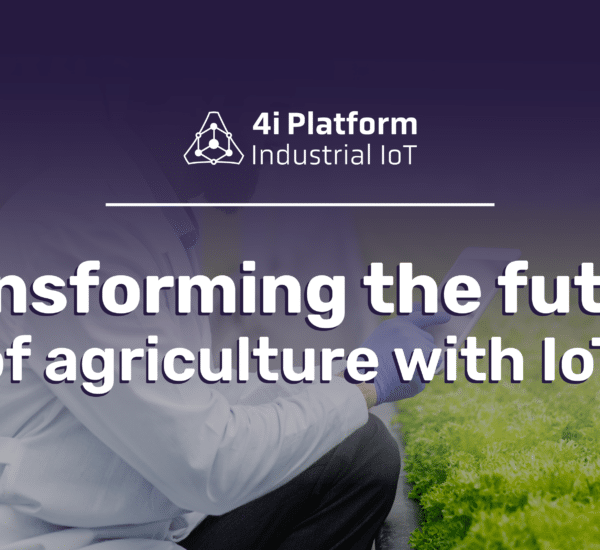The automotive industry has historically been a pillar of industrial innovation, from Henry Ford’s introduction of the assembly line to advances in electric and autonomous cars. Today, the great revolution in this sector comes from the Internet of Things (IoT), which is transforming all aspects of production, logistics, and user experience.
IoT in the Automotive Supply Chain
One of the biggest challenges in automotive manufacturing is the complexity of the supply chain. From sourcing raw materials to delivering the finished vehicle, coordinating this entire process is critical to your business success. This is where IoT plays a pivotal role.
Through the implementation of sensors and real-time monitoring technologies, automotive companies can track every asset involved in production within a factory. This allows for greater visibility and control, reduced production disruptions, improved logistical efficiency and enables rapid response to any deviations or anomalies. IoT integration also facilitates automation in inventory management, ensuring that the right materials are in the right place at the right time. This can be done, for example, by adopting 4i Platform’s WMS (Warehouse Management System) or Asset Tracking, which allow companies to efficiently manage their entire supply chain, both raw materials and machine spare parts.
Production Process Optimization
In modern automotive production, every machine, robot, and assembly line is equipped with IoT sensors that collect and analyze real-time data. This allows manufacturers to continuously optimize production processes, identifying bottlenecks and making immediate adjustments to improve efficiency.
In addition, preventive maintenance is another significant advantage of IoT in automotive production. As an alternative to manual maintenance, the data provided by IoT solutions, such as 4i Platform’s ELT, can prevent machine failures, reducing unplanned downtime, extending equipment life and ensuring continuous production. These actions undoubtedly represent a competitive advantage for any company that undertakes the use of this tool in its processes.
Connected Vehicles and User Experience
Beyond production, IoT is also redefining the end-user experience. Connected vehicles are equipped with a multitude of sensors and devices that maximize driver safety, comfort and efficiency.
For example, connected vehicles can collect data on road conditions and driver behavior, enabling real-time assistance and vehicle customization based on user preferences. In addition, IoT-enabled on-board diagnostic (OBD) systems enable continuous monitoring of vehicle health and notify the driver of the need for repairs before a failure occurs. This is where preventive maintenance comes into the picture again, the need for which is applied throughout the entire process, without neglecting the user experience stage.
IoT and the Future of the Autonomous Car
The move toward autonomous vehicles is perhaps the most exciting IoT-driven development in the automotive industry. These vehicles rely on a network of IoT sensors, cameras, and artificial intelligence algorithms to navigate safely and efficiently without human intervention. The ability to communicate with other vehicles and road infrastructure in real time is crucial for collision avoidance and route optimization.
In addition, IoT allows autonomous vehicles to be integrated into a broader intelligent transportation ecosystem, where traffic data, weather conditions, and other factors can be shared and analyzed to improve overall traffic safety and efficiency.
Conclusion
It is undeniable that the implementation of IoT in the automotive industry is leading this industry to an unprecedented transformation, where the emergence of a more connected, efficient and secure future for the sector and its users is made evident.
Companies that are willing to adopt these technologies will be able to boost their operational efficiency, be at the forefront of innovation, be prepared to face the challenges and take advantage of the opportunities that the fourth industrial revolution brings with it.





